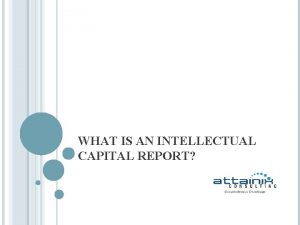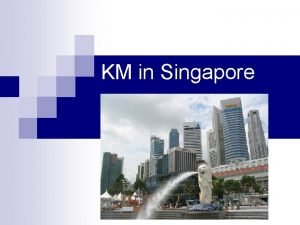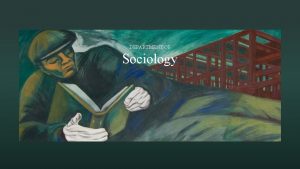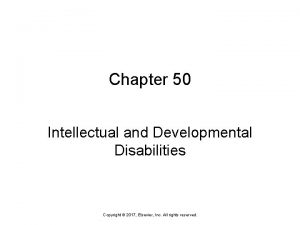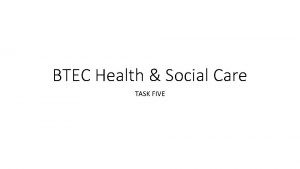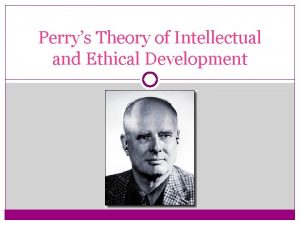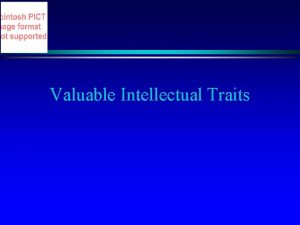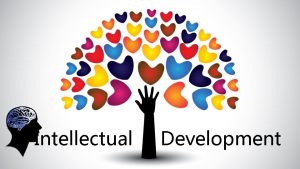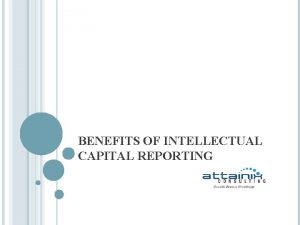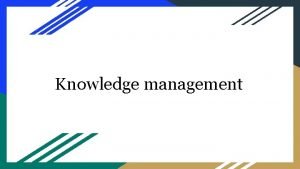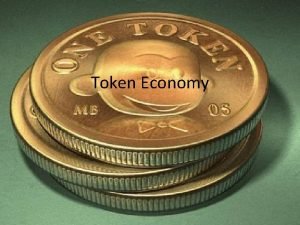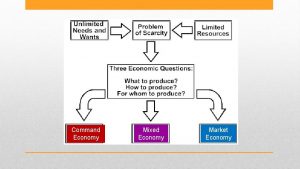Knowledge management Knowledge economy and Intellectual capital Knowledge





















- Slides: 21

Knowledge management Knowledge economy and Intellectual capital

Knowledge economy • Post-industrial era, information age, knowledge economy • Shifts in major sources of wealth creation in society – General motors, health insurance, spending on steel

Industrial sectors in Taiwan


Experience economy


Economics 2. 0 in practice • The software layer is a major factor in the economic well-being • All of the intangible factors that make the food court possible. . (Kling and Schulz, 2009) – Protocols and receipts • Practices (i. e. ways of doing things) • Norms; mental models; shared assumption, cultural values; script (restaurant, order, recycle) – Infrastructure • Physical, legal, . . .

Capital • Factors of production • Any form of wealth employed or capable of being employed in the production of more wealth.

Intellectual capital • Human capital – Individual capabilities • Social capital – Capacity to collaborate • Structural capital – Organization’s processes, systems, and procedures

Human capital • The knowledge, skills, and experiences possessed by individual employees – Explicit conceptual knowledge – Tacit knowledge

Structural capital • “everything that remains in a firm after it’s employees go home” – Includes the explicit, rule-based knowledge embedded in the organization’s work processes and systems, or encoded in written policies, training documentation, or shared databases of “best practices. ” – Also include intellectual property, recognized by patents and copyrights.

Social capital • “features of social organization, such as networks, norms, and trust that facilitate coordination and cooperation for mutual benefit (Putnam, 1993). ”

Social capital and KM • Reduce transaction costs • Produces higher quality of knowledge • A source of inimitable competitive advantage

Social capital • Social capital and knowledge sharing • The ability of groups to collaborate and work together – Cognitive – Structural – Relational

KM from the in intangible assets perspective • “The deliberate design of processes, tools, structures, etc. with the intent to increase, renew, share or improve the use of knowledge represented in any of the three elements of intellectual capital. ”


Elements of intellectual capital

Examples of structure capital • 3 M has a rich set of structures and systems to encourage resourcefulness: • Seed Capital: Inventors can request seed capital from their business unit managers; if their request is denied, they can seek funding from other business units. Inventors can also apply for corporate funding in the form of a Genesis Grant. (The Post-it was funded by a Genesis Grant. ) • New Venture Formation: Product inventors must recruit their own teams, reaping the benefit of 3 M’s many networking forums as they seek the right people for the job at hand. The recruits have a chance to evaluate the inventor’s track record before signing up. However, if the product fails, everyone is guaranteed their previous jobs. • Dual-career ladder: : Scientists can continue to move up the ladder without becoming managers. They have the same prestige, compensation, and perks as corporate management. As a result, 3 M doesn’t lose good scientists and engineers only to gain poor managers, a common problem in the manufacturing sector.

Knowledge Management Social capital Today’s intellectual capital Knowledge Management Social capital Human capital Structural capital Organizational learning Future intellectual capital Structural capital Fig. Intellectual capital grows with use


Intellectual capital and complexity of decision • Decision requiring more integration should have social and human capital as their investment focus. Figure 4. 4. • Why?
 Athens vs sparta differences
Athens vs sparta differences Intellectual capital examples
Intellectual capital examples Net working capital refers to which of the following
Net working capital refers to which of the following Difference between capital reserve and reserve capital
Difference between capital reserve and reserve capital Multinational capital structure
Multinational capital structure Difference between capital reserve and reserve capital
Difference between capital reserve and reserve capital Variable capital examples
Variable capital examples Multinational cost of capital and capital structure
Multinational cost of capital and capital structure Intellectual property management definition
Intellectual property management definition Regulatory capital vs economic capital
Regulatory capital vs economic capital Regulatory capital vs economic capital
Regulatory capital vs economic capital Capital allocation line vs capital market line
Capital allocation line vs capital market line Singapore knowledge based economy
Singapore knowledge based economy Markets management and the economy dartmouth
Markets management and the economy dartmouth The intellectual and spiritual leaders.
The intellectual and spiritual leaders. Chapter 50 intellectual and developmental disabilities
Chapter 50 intellectual and developmental disabilities Health and social care intellectual development
Health and social care intellectual development Perry’s theory of intellectual and ethical development
Perry’s theory of intellectual and ethical development What was a key intellectual movement of the renaissance
What was a key intellectual movement of the renaissance Nsf broader impacts and intellectual merit
Nsf broader impacts and intellectual merit Valuable intellectual traits
Valuable intellectual traits Huckleberry finn climax
Huckleberry finn climax

